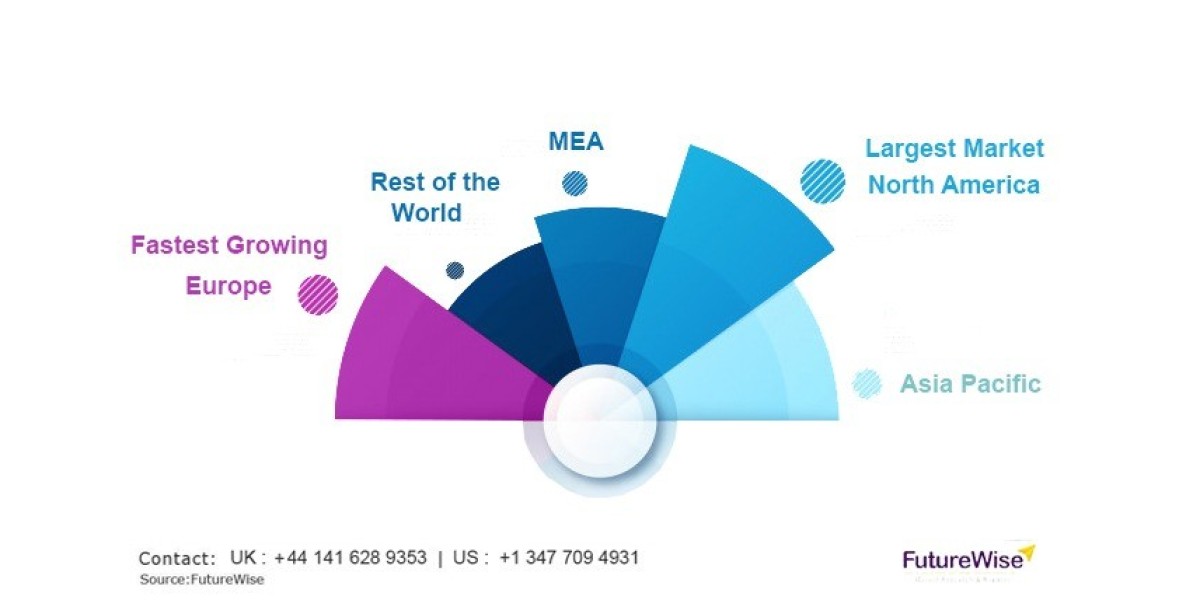Varicose veins affect millions and finding the right solution can be overwhelming. This article dives into the critical factors that help you decide the best approach, focusing on Varicose Veins Treatment (علاج الدوالي) methods that align with your needs. Understanding these options empowers you to make choices that ensure the health and appearance of your legs while promoting comfort.
What Are Varicose Veins and Why Treatment Matters?
Varicose veins are enlarged veins often visible on the legs due to weakened valves causing blood pooling. They can lead to discomfort, swelling, and sometimes complications if untreated. Seeking the appropriate treatment improves circulation, alleviates symptoms, and restores confidence in your appearance.
Key Factors to Consider in Varicose Veins Treatment
When evaluating treatments, several factors come into play:
Severity and size of the varicose veins
Symptom intensity such as pain, swelling, or heaviness
Personal health conditions and vein structure
Long-term efficacy and recovery time
Potential risks or complications
Careful assessment by vein specialists ensures the selection of a method tailored to your unique condition.
Popular Varicose Veins Treatment Options
Below are some recognized treatments commonly used by professionals:
| Treatment | Description | Pros | Cons |
|---|---|---|---|
| Endovenous Laser Therapy (EVLT) | Uses laser energy inside the vein to close it off | Minimally invasive, quick recovery | Mild bruising, requires expertise |
| Radiofrequency Ablation (RFA) | Heat generated by radio waves closes problematic veins | Less pain, efficient for large veins | Temporary swelling possible |
| Sclerotherapy | Injection of a solution causing vein collapse and fade | Ideal for smaller veins, outpatient | Multiple sessions may be needed |
| Ambulatory Phlebectomy | Removing veins through small skin incisions | Immediate removal, effective for bulging veins | Minor scarring, more invasive |
Pros and Cons of Non-Surgical vs. Surgical Methods
| Criteria | Non-Surgical Treatments | Surgical Treatments |
|---|---|---|
| Invasiveness | Minimally invasive or injections | More invasive with incisions |
| Recovery Time | Shorter, often within days | Longer, sometimes weeks |
| Effectiveness | Best for small to medium veins | Effective for extensive veins |
| Risks | Lower risk, some discomfort | Higher risk of complications |
| Appearance Results | Gradual improvement | Immediate and noticeable |
How Specialists Determine the Best Treatment
Vein experts employ diagnostic imaging such as ultrasound to map vein health accurately. This imaging assesses valve function and vein behavior to recommend the best Varicose Veins Treatment option efficiently. Specialist consultation ensures personalized care addressing both cosmetic concerns and health risks.
Lifestyle Changes That Complement Treatment
While medical approaches target existing varicose veins, certain lifestyle habits support vascular health:
Regular physical activity improving circulation
Elevation of legs during rest periods
Wearing supportive garments when recommended
Avoiding prolonged standing or sitting
These habits promote better treatment results and may slow vein deterioration.
Recovery Expectations and Aftercare Tips
Post-treatment protocols vary, but generally include:
Wearing compression stockings as advised
Walking regularly to enhance circulation
Avoiding strenuous activity for a recommended period
Monitoring treated areas for any signs of complications
Following aftercare instructions maximizes treatment success and comfort.
Common Misconceptions About Varicose Veins Treatment
Many believe varicose veins are purely cosmetic or that treatments cause significant discomfort. Modern Varicose Veins Treatment options balance effectiveness with patient comfort, making treatments accessible and minimally disruptive. Understanding facts over myths helps patients make informed decisions.
When to Seek Professional Help
If varicose veins cause persistent pain, swelling, skin changes, or ulcers, prompt professional attention is critical. Early intervention can prevent worsening and improve overall well-being.
Understanding Related Terms and Treatments
To help you navigate the topic better, here are some related terms and their significance:
Venous Insufficiency: A condition causing varicose veins due to poor valve function
Sclerotherapy: Treatment using solution injections to close faulty veins
Endovenous Ablation: Minimally invasive closure of veins using laser or radiofrequency
Compression Therapy: Use of specially designed stockings to manage vein health
These concepts frequently appear in the context of varicose vein care and can guide your understanding of treatment discussions.
Frequently Asked Questions
How many treatments are typically needed for varicose veins?
The number varies based on vein size and treatment type, but many patients see significant improvement after 1-3 sessions.
Is the treatment painful?
Most modern treatments involve local anesthesia or minimal discomfort, with quick recovery times.
Are results permanent?
While treated veins usually do not return, new varicose veins can develop, so ongoing care is recommended.
Can varicose veins cause other medical problems?
In severe cases, they may lead to skin ulcers or blood clots, highlighting the importance of treatment when necessary.
Ready to Choose Your Best Varicose Veins Treatment?
If you're looking for expert guidance and advanced techniques, Royal Clinic Saudia (العيادة رويال السعودية) offers personalized diagnostic and treatment services to help you regain comfort and beautiful legs. Consult with their experienced specialists today to find the best solution for you.



